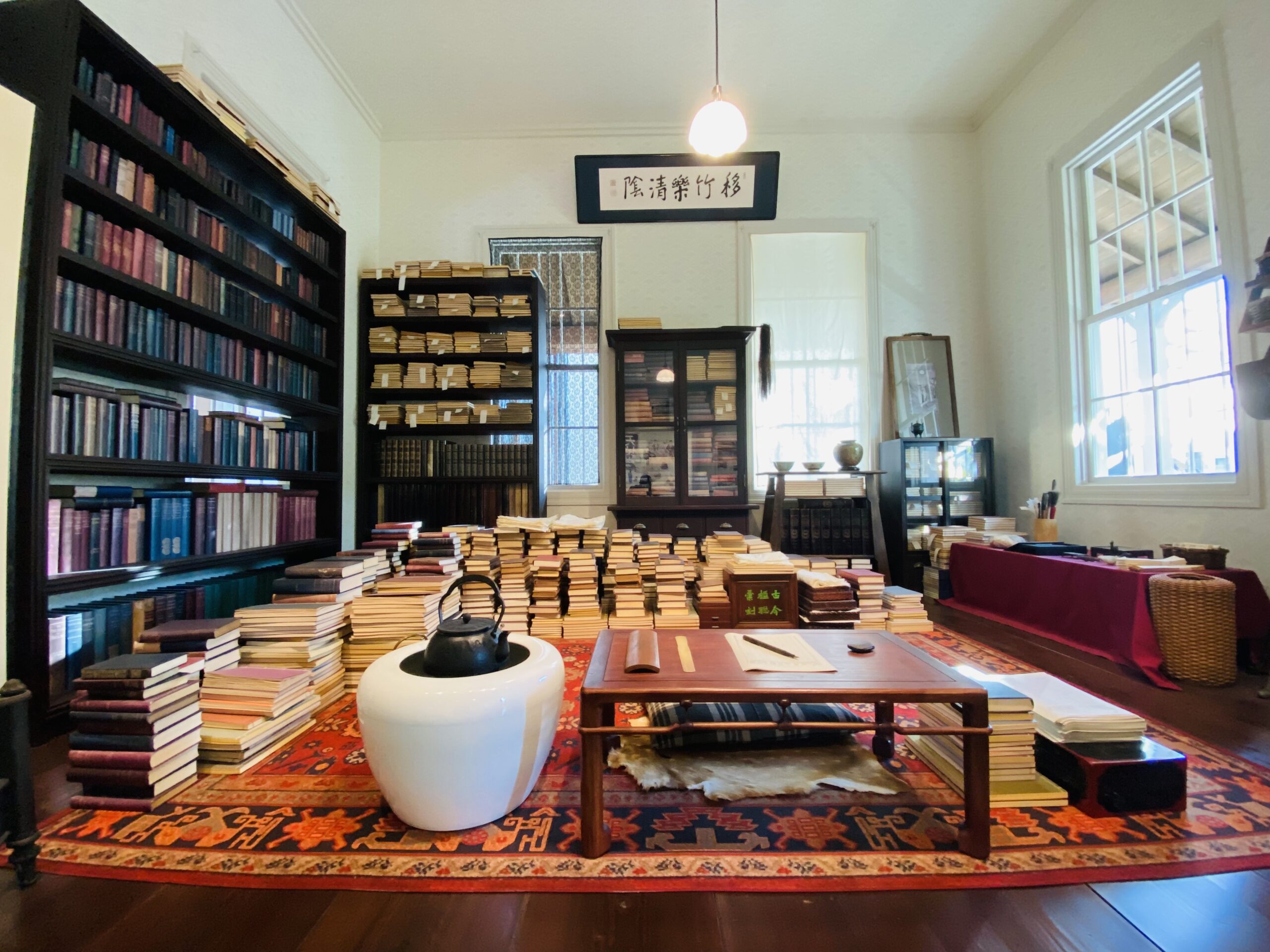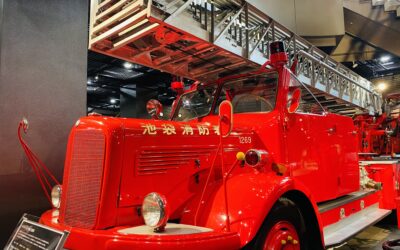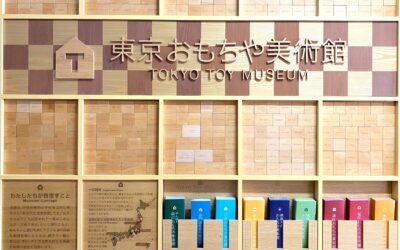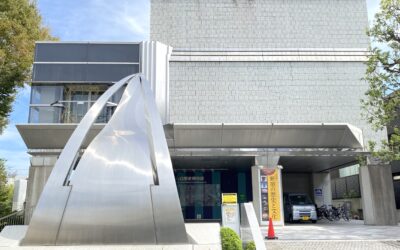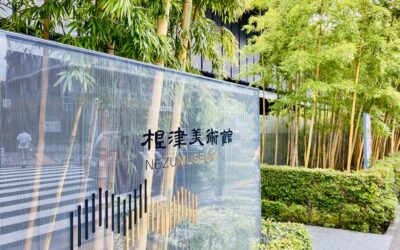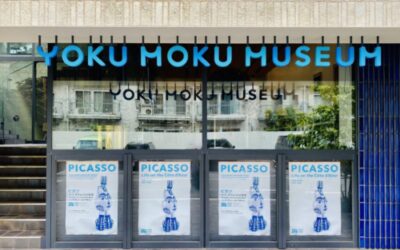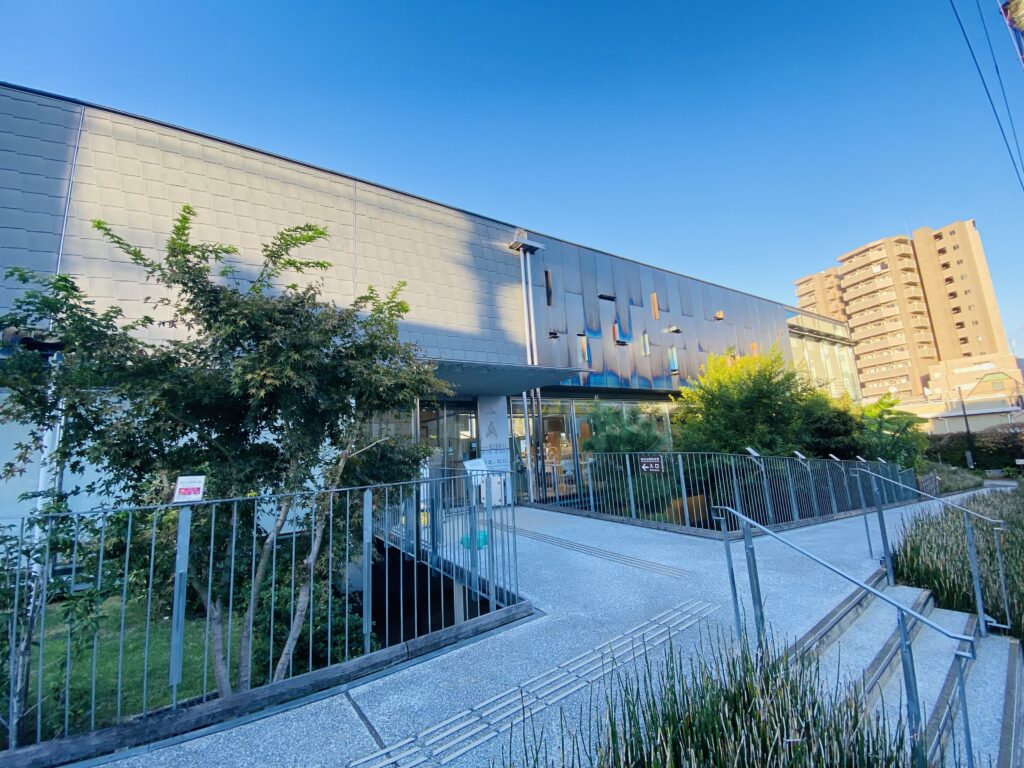
About the Museum
Closed: Mondays and New Year’s Holidays (Dec.29th – Jan. 3rd)
If Monday is a national holiday, the museum is closed the following day.
Hours of operation: 10:00 to 18:00
Admission: (Adult) 500 JPY (Children) 100 JPY
Viewing time: (Carefully) 50 mins (Quickly) 15 mins
English brochure: Available
URL: https://soseki-museum.jp/eng/
Address: 7 Waseda-Minamicho, Shinjuku-ku, Tokyo
TEL: 03-3205-0209
Nearest station: Waseda Station, Ushigome-yanagicho Station
What is Natsume Soseki Memorial Museum?
The Natsume Soseki Memorial Museum is a small memorial museum dedicated to Natsume Soseki, one of Japan’s most famous novelists, who wrote “I am a Cat” and “Kokoro.” Soseki Natsume spent nine years until his death at Sosekisanbo in Minami-cho, Waseda, where he wrote his works. Shinjuku City built the museum on the site associated with Soseki, collects and stores materials related to Soseki, and disseminates information about Soseki’s literary works and his students.
Who is Natsume Soseki?
Natsume Soseki is one of Japan’s most famous novelists, appearing in Japanese language textbooks and on the faces of banknotes. Soseki studied at the University of Tokyo, studied in England, taught English, and lectured at universities before becoming a novelist.
He has been active as a writer for only 12 years but has authored more than 100 works. His works have been translated into several foreign languages and read worldwide and in Japan. At the museum, visitors can learn about Soseki’s history, from his birth until his death and his works.
What Can You See?
The museum building is designed to let in light, creating a bright mood for visitors.
On the first floor, in addition to the reception desk, café, and museum store, there is an exhibition area with panels showing the history of Soseki from his birth. A guided tour of the museum leads visitors to a room that recreates the study where Soseki wrote, allowing visitors to imagine his writing activities.
Proceeding to the second floor, visitors pass through a passageway beautifully decorated with words collected from Soseki’s works and letters to friends. Then there are explanations of Soseki’s works, a corner introducing writers and poets associated with him, and a particular exhibition space.
Remarks
The museum allows visitors to borrow audio guides in English free of charge. You can also use Pocket Curator, a museum exhibit guide application, to enjoy the audio guide on your own smartphones.
Free coin-operated lockers are available in the museum.
About Us
Museums in Japan (MiJ) is a website that introduces Japanese museums in English to tourists from abroad, based on information gathering activities in place.
